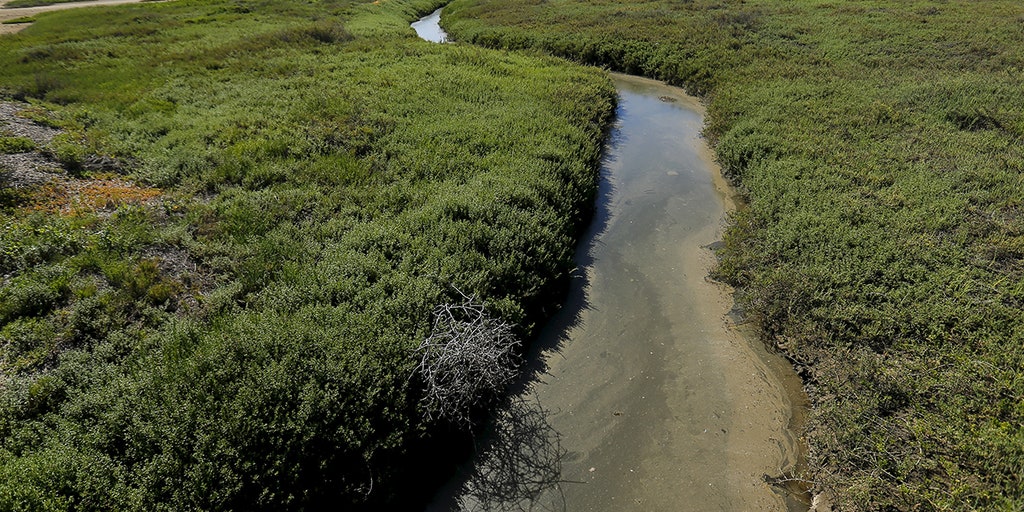Zeldin Investigates Environmental Concerns at US-Mexico Border Amid Sewage Contamination Crisis

In a proactive move to address cross-border environmental concerns, EPA Administrator Lee Zeldin announced plans to personally inspect the ongoing toxic waste contamination along the Mexico-United States border. The visit aims to comprehensively assess the environmental impact and potential health risks posed by hazardous materials spilling over from Mexican territories.
Zeldin's on-site investigation signals the agency's commitment to understanding the scope of the environmental challenge and developing strategic solutions to mitigate potential ecological and public health threats. By conducting a firsthand examination, the EPA hopes to gather critical data and explore collaborative approaches with Mexican authorities to manage and reduce toxic waste migration.
The upcoming border visit underscores the growing importance of international environmental cooperation and the need for robust cross-border environmental protection strategies. Zeldin's initiative represents a significant step toward addressing complex environmental issues that transcend national boundaries.
